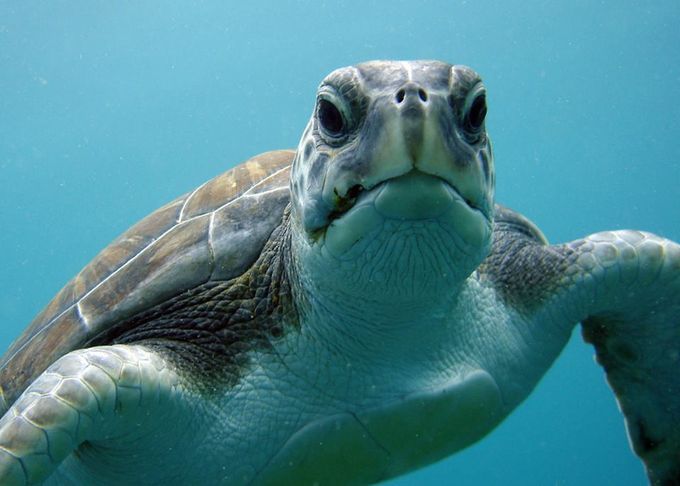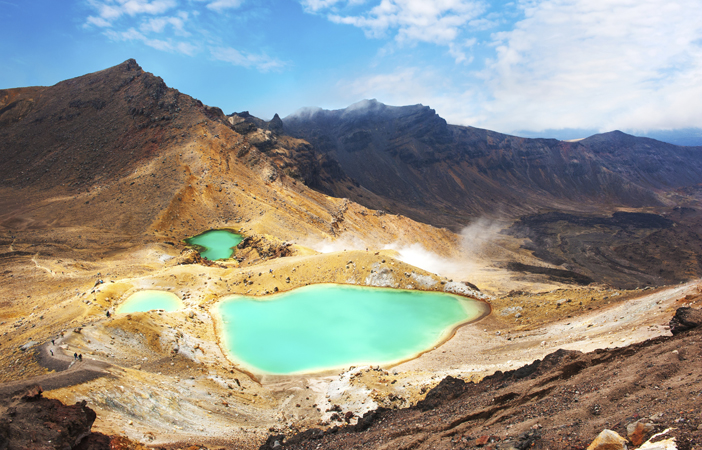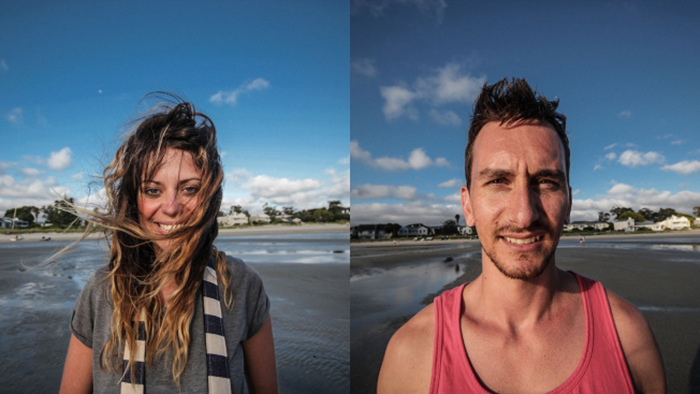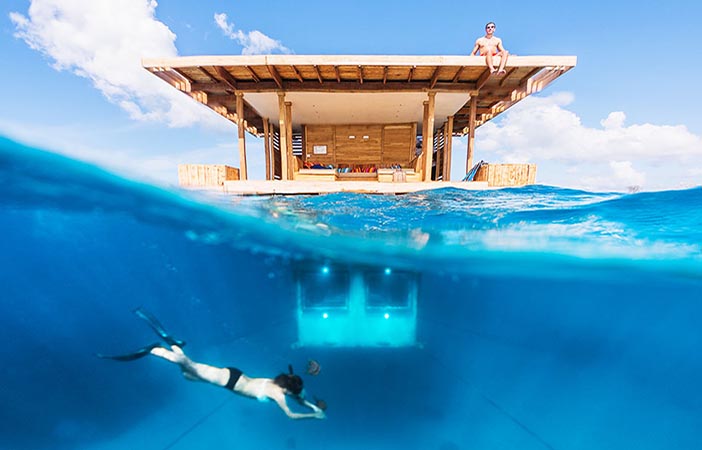
It’s silent as we glide through the water. Algae settling beneath us, fish swimming between us. Suddenly I feel a sharp tapping on my shoulder. My diving instructor David is pointing up towards the surface.
And then we see her, just a shadow at first until she swims deeper into the water. El Puertito, a sandy bay in Tenerife is home to four green turtles, a rare thing to see in the wild in Europe. We just met one of them.
Scuba dive instructor David Novillo has spent the last two years turning this barren bay into a haven teeming with wildlife
The southern tip of Tenerife is traditionally known for parties and sunbathing, rather than getting up close with wild marine life.
So it was a pleasant surprise to find a group of scuba divers entirely dedicated to conserving the ocean at the heart of a tourist holiday resort.
“The turtle you met has swum all the way from America,” David tells me afterwards. “Turtles aren’t pack animals, so she will have travelled all that distance on her own.”
If you saw this video last week of a turtle with a plastic straw lodged in its nose, you’ll understand exactly how important it is to protect marine life.
Scuba dive instructor David Novillo has spent the last two and a half years turning this barren bay into a haven teeming with wildlife.
A diver approached us with an octopus suckered to his arm
David set up the project Océano Sostenible in 2004 when he realised that a sea urchin (Diadema antillarum) brought over on ships from Lima, Peru was having a devastating effect on the algae on the sea floor.
As a result, all of the sea life had left the area. El Puertito was once full of fish, sea turtles, even beautiful stingrays – but these alien urchins had destroyed all of their food source.
“There was about 6 to 10 of these sea urchins per square metre,” David explained “We had to cover an area of over 300,000 square metres.”

It was an arduous task, but David and his team cleared the sea bed of the alien urchins.
Two and half years later, marine life has made its home in El Puertito once more. Fish, octopus and four green turtles have moved back into the area, making it one of the most biodiverse marine sites in the Canary Islands.

As we swum over the bottom of the ocean, David explained stories using sign language about the homes of the seahorses, sea cucumbers and showed me a seashell with huge teeth marks in it as he mimed a turtle chomping on this rock-hard shell.
Another diver approached us with an octopus suckered to his arm. I was truly amazed that you could so easily see this much wildlife in Tenerife.
David’s runs scuba diving tours called FlyOver Tenerife to allow everyone – even total beginners to scuba diving – to experience this underwater world and learn about the hard work that still goes into protecting this fragile ecosystem.
Thank you to David from FlyOver Tenerife, Tenerife Tourism Corporation and Monarch Airlines for hosting us.
Monarch operates scheduled flights to Tenerife from Birmingham, East Midlands, Leeds Bradford, London Gatwick, London Luton and Manchester airports with fares, including taxes, starting from £39.99 one way. www.monarch.co.uk




